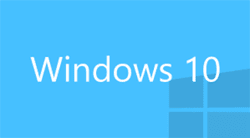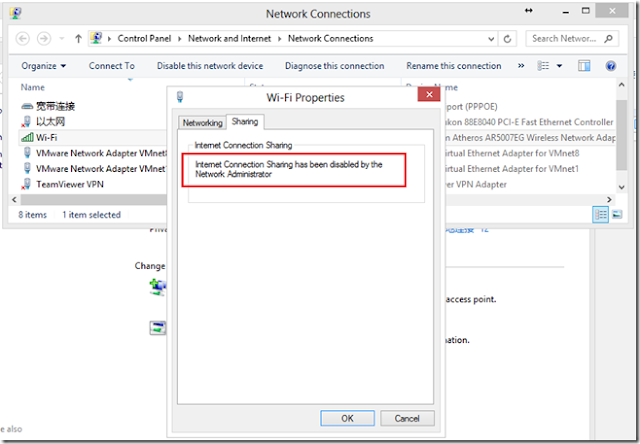File Transfer Methods & Protocols
There are many protocols that could transfer data between hosts over TCP/IP networks. Each protocol has its characteristics, Some examples are as follow
1 File Transfer Protocols
(1) TFTP
The Trivial File Transfer Protocol (TFTP) is a simple file transfer protocol defined by RFC1350. The mechanism of TFTP is completely different from the FTP. TFTP service uses single TCP port 69 instead o f 21 and 20 of the FTP. As the TFTP has no mechanism for authentication, it is inadequate to use it for Internet server because anybody could read/write data from/to the server. The TFTP is mainly used to boot disk-less equipment like X-11 terminals.
(2) FTPS
The FTPS is a extended version of the FTP. The extension to the standard FTP is define by the RFC2228 which introduce optional security function to the control and data connection and some new command and reply to the FTP are added. The encryption algorithms are not the part of the FTPS definition and installation dependent, and Secure Socket Layer (SSL) or Transport Layer Security (TLS) might be used.
(3) SFTP, SCP
There are two famous file transfer applications based on the Secure Shell (ssh) protocol which could provides authentication of Clients without sending password in clear text and also secure encrypted connection, say tunnel, between Server and Client.
The SFTP is a FTP service invoked through ssh tunnel which provide secure control/data connections between Server and User over networks by port forwarding technique. Basically, FTP is an interactive application; use of sftp doesn't suit for automated operations.
The Secure Copy command (scp) could copy files over networks through ssh tunnel and agent forwarding technique. The scp is suit for automated operations as it is one line command and doesn't require additional prompts and inputs.
(4) FXP
The FXP is a name for special application of FTP Client that control file transfer between two remote FTP Servers. The procedure for the transfer is described in the RFC959 as an application of ordinary FTP server function.
2 Other Methods
There are some methods other than FTPs, which transfer data through networks.
(1) e-mail
An E-mail could convey data as its body, or especially attachments. E-mail is useful in its facility, as it doesn't require interactive sessions, although its efficiency and reliability is not high. An e-mail is suit for transferring unhasty data up to several mega bytes; this could say as "file transfer mail (ftm)". Be sure that generally attachment files will be encoded in Base64 according to the MIME (RFC2045, RFC2046, RFC2047, RFC2048, RFC2049) and this increase the transfer size to four thirds of the original one in e-mail.
(2) File Sharing
A distributed file system generally stores files on a computer, and makes them accessible to other computers, where they could treat it as normal local files. There are several advantages to using file sharing: the files are more widely available without file transfer action since many computers can access it as local file is easier than distributing copies of files to individual computers. Backups and safety of the information are easier to arrange since only the servers need to be backed up.
In spite of its benefits, file sharing rarely used for share files over the Internet as the mechanism may becomes the target of attack to down the service. File sharing gives the potential for unwanted people to access your hard drive over the network (and thereby possibly read your e-mails and delete all your files as well as break into your system).
The Network File System (NFS), defined by RFC1813 (NFS V3) or RFC3530 (NFS V4), is a most famous file shearing mechanism on Linux/Unix platforms. The NFS was developed to allow machines to mount a disk partition on a remote machine as if it were on a local hard drive. This allows for fast and seamless sharing of files across a network.
The NFS depend on the Remote Procedure Call (RPC) mechanism on Unix. The RPC is useful but have potential security risks if you use it over the Internet.
Also Windows has its built-in file shearing mechanism in nature. Samba provides means that LinuxUnix platforms could access to and share with Windows file system.
(3) File Transfer
There are protocols other than FTP that could transfer files through networks. The rcp copy files from one host to another host through networks. The rcp also depend on the RPC. The scp is a secure file copy (cp) command, which copy files through the secure shell (ssh) tunnel.
HALFT is a commercial base middleware that could transfer files and raise Event, i.e., invoke some command on the other side after completion of transfer. This mechanism could simulate store and forward file transfer.
(4) Other candidates
The Hyper Text Transfer Protocol (HTTP) and the WebDAV could be used to transfer some data. The Open Database Connectivity (ODBC) or the Java Database Connectivity (JDBC) are application interface for accessing remote database using the Structured Query Language (SQL). By those interface, applications could exchange data with remote databases. Also some specific meteorological application, like Man computer Interactive Data Access System (McIDAS), uses its own protocol for meteorological data transfer named the Abstract Data Distribution Environment (ADDE).
Previous_Page Next_Page
Previous_Page Next_Page



Comments